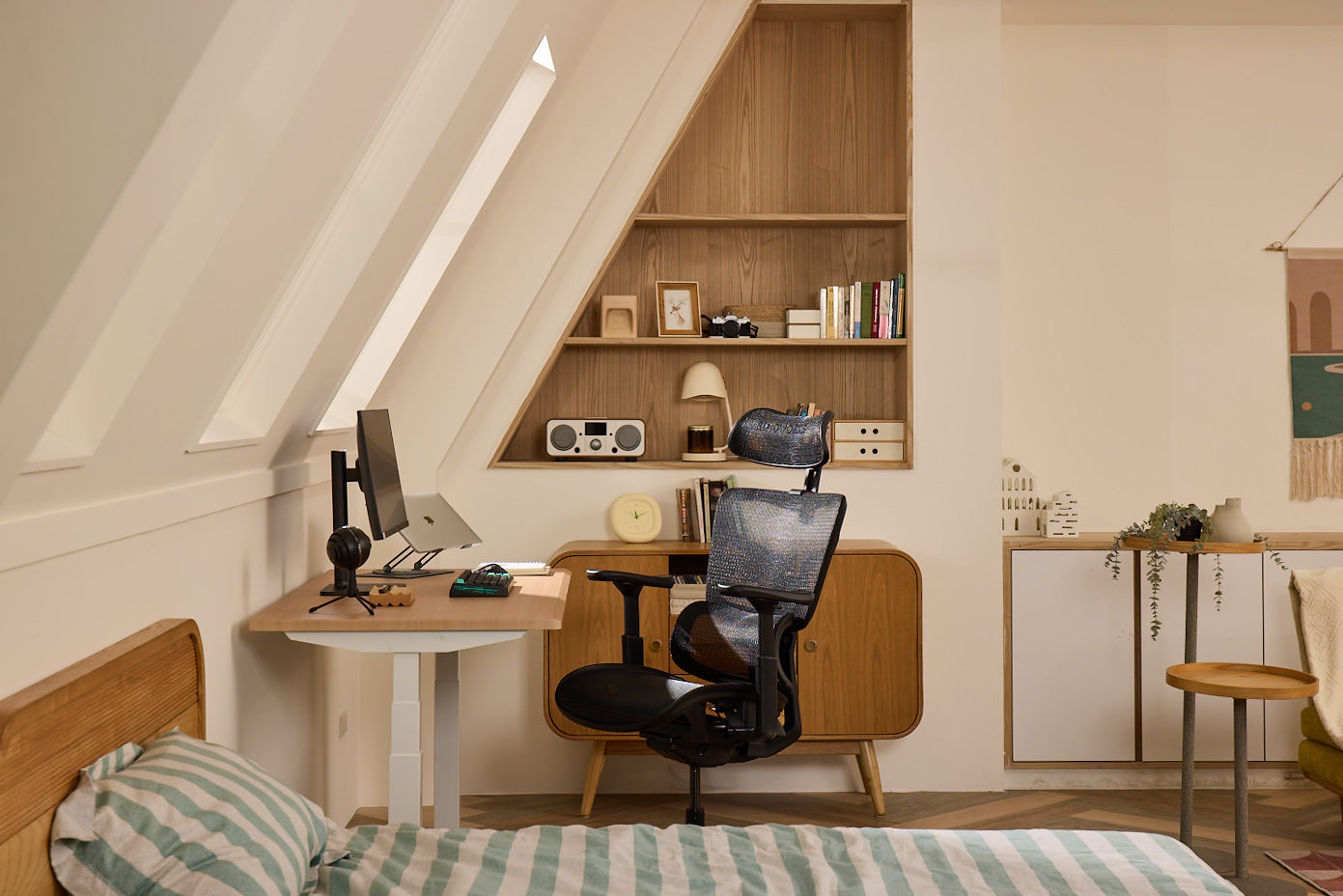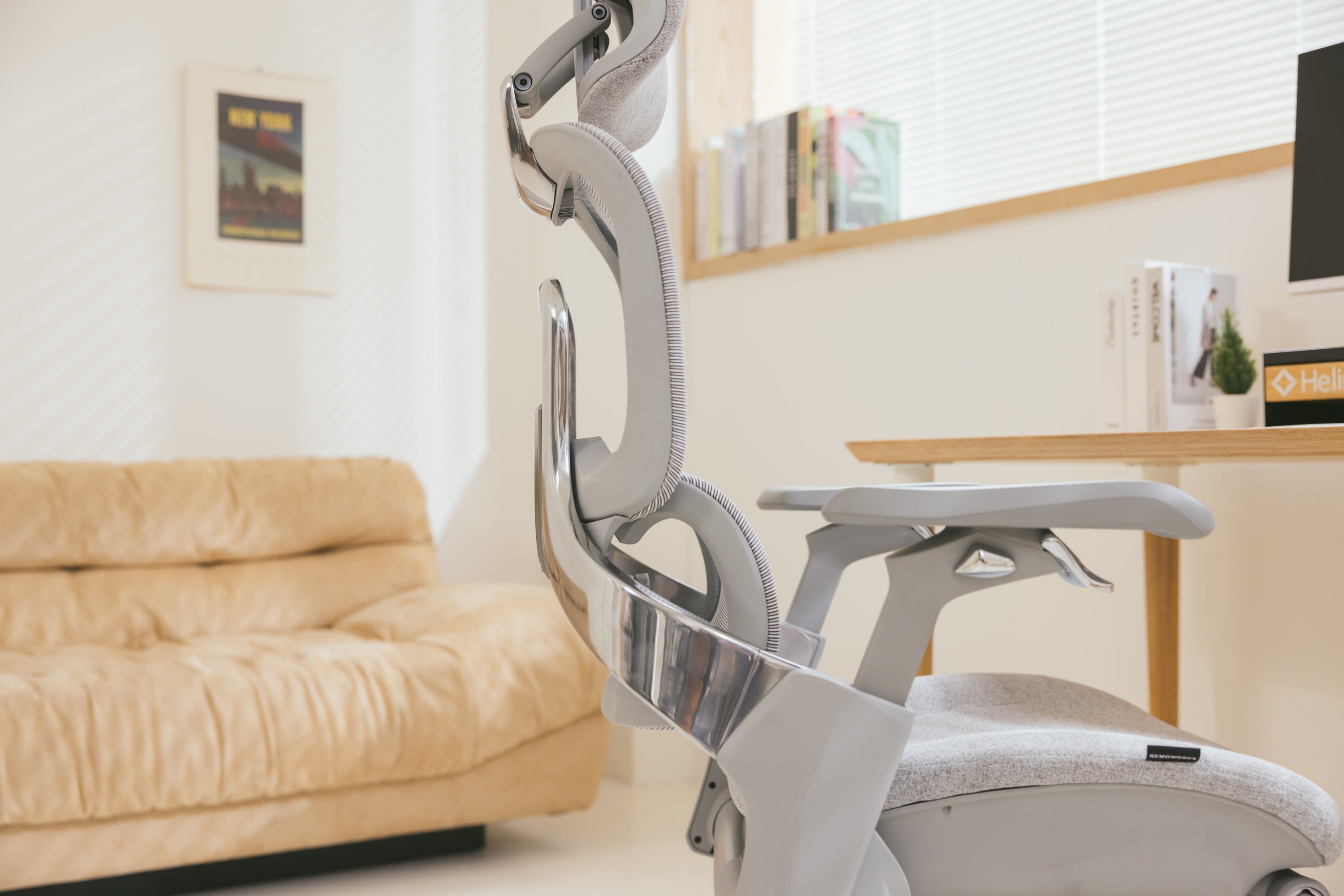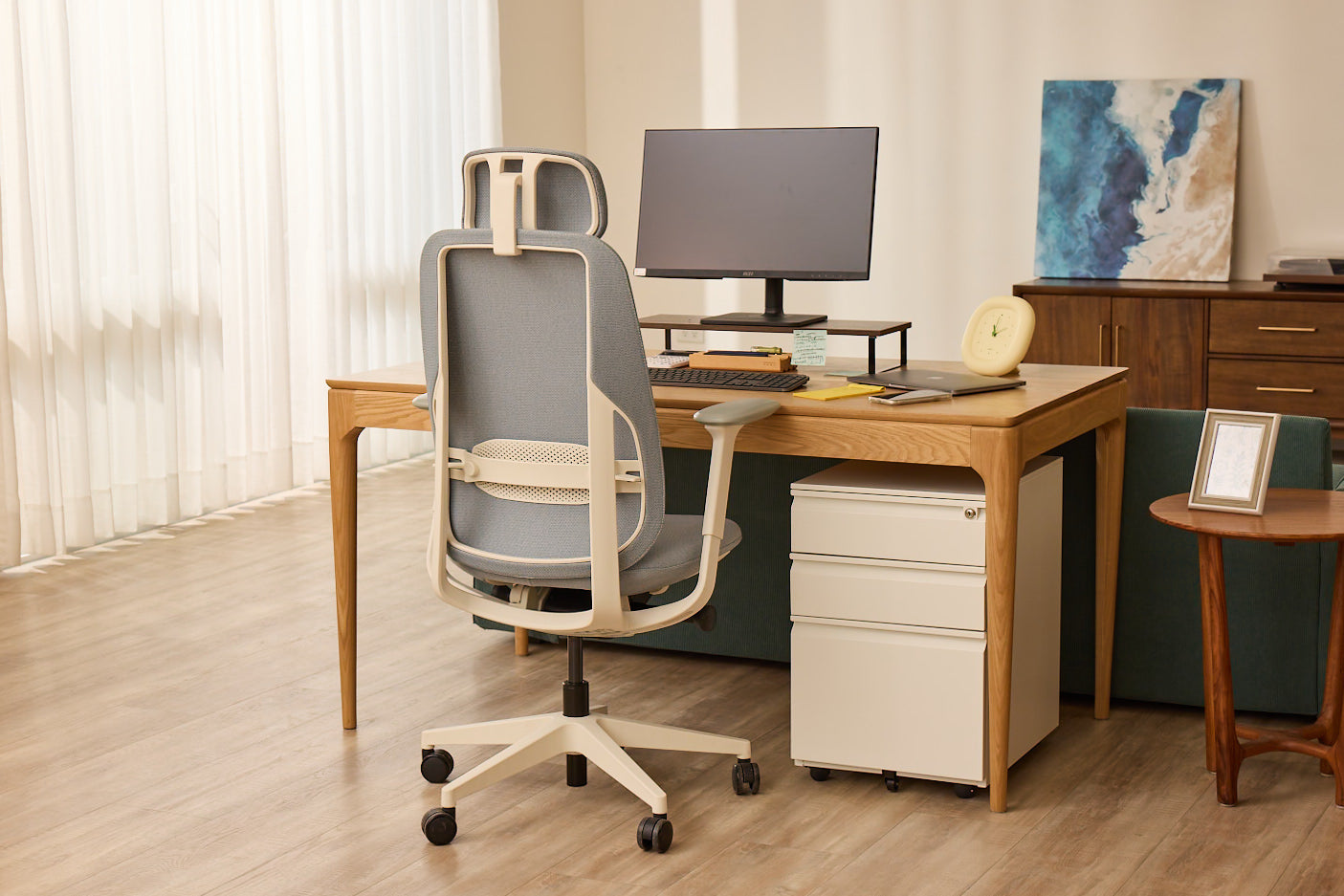Remote work offers flexibility, but without a proper setup, it can lead to discomfort, fatigue, and even long-term health issues. Creating an ergonomic workspace ensures better posture, reduces strain, and enhances productivity. Follow this guide to optimize your home office for maximum comfort and efficiency.
1. Choose the Right Desk and Chair
Ergonomic Desk Setup
- Height Matters: Your desk should be at a height that allows your elbows to be at a 90-degree angle when typing.
- Sufficient Space: Ensure there is enough room for your keyboard, mouse, and other essentials without clutter.
- Consider a Standing Desk: Alternating between sitting and standing can reduce back pain and improve circulation. Check out Remo Works' standing desks for adjustable options.
Ergonomic Chair Essentials
- Lumbar Support: A chair with proper lumbar support maintains the natural curve of your spine.
- Adjustability: Look for a chair with height and armrest adjustments to support different postures.
- Comfortable Padding: A cushioned seat with breathable fabric enhances comfort during long working hours.
- Explore Options: Browse RemoWorks’ ergonomic chairs for the best fit for your needs.
2. Optimize Your Monitor Position
- Eye-Level Placement: Position the top of your screen at or just below eye level to prevent neck strain.
- Distance from Eyes: Keep the monitor about an arm’s length away for reduced eye fatigue.
- Use a Monitor Riser: If your screen is too low, consider a riser or adjustable stand.
3. Keyboard and Mouse Setup
- Keep Wrists Neutral: Your wrists should stay straight, not bent upward or downward.
- Proper Keyboard Positioning: It should be at elbow height, with a slight negative tilt to reduce strain.
- Ergonomic Mouse: A vertical or contoured mouse can minimize wrist discomfort.
4. Improve Lighting and Reduce Glare
- Use Natural Light: Position your desk near a window but avoid direct glare on your screen.
- Add Task Lighting: A desk lamp with adjustable brightness helps reduce eye strain.
- Minimize Screen Glare: Use anti-glare filters or adjust screen brightness to match ambient light.
5. Maintain Proper Sitting Posture
- Feet Flat on the Floor: Keep your feet planted or use a footrest.
- Knees at 90 Degrees: Your thighs should be parallel to the floor.
- Relaxed Shoulders: Avoid hunching forward or tensing up while working.
6. Take Breaks and Move Often
- Follow the 20-20-20 Rule: Every 20 minutes, look at something 20 feet away for 20 seconds.
- Stretch Regularly: Simple neck rolls, shoulder shrugs, and back stretches can prevent stiffness.
- Switch Between Sitting and Standing: A sit-stand desk can help maintain movement throughout the day.
7. Consider Additional Ergonomic Accessories
- Anti-Fatigue Mat: Helps reduce strain on legs and feet while standing.
- Wrist Rests: Provide extra comfort for long hours of typing.
- Cable Management: Organizing cables reduces clutter and keeps your workspace tidy.
Creating an ergonomic home office is an investment in your health and productivity. By optimizing your desk, chair, monitor placement, and workspace accessories, you can work comfortably and efficiently. Explore RemoWorks for top-tier ergonomic furniture and accessories to upgrade your setup today!




Leave a comment
This site is protected by hCaptcha and the hCaptcha Privacy Policy and Terms of Service apply.